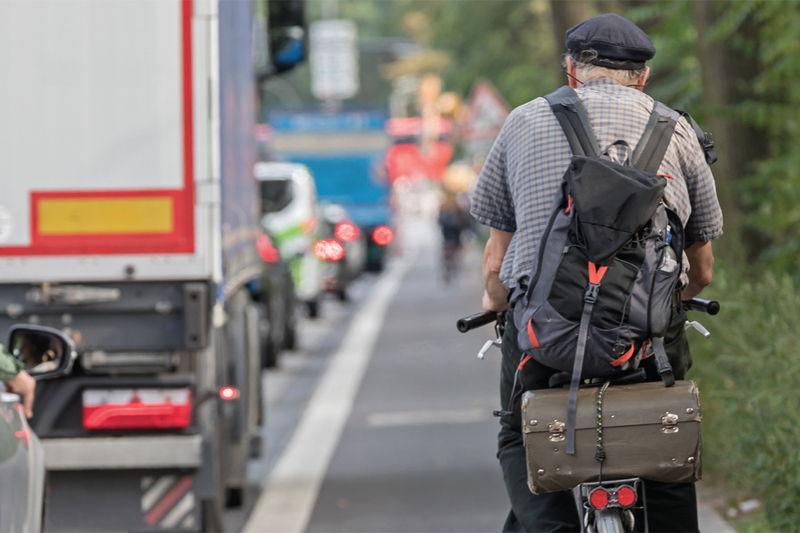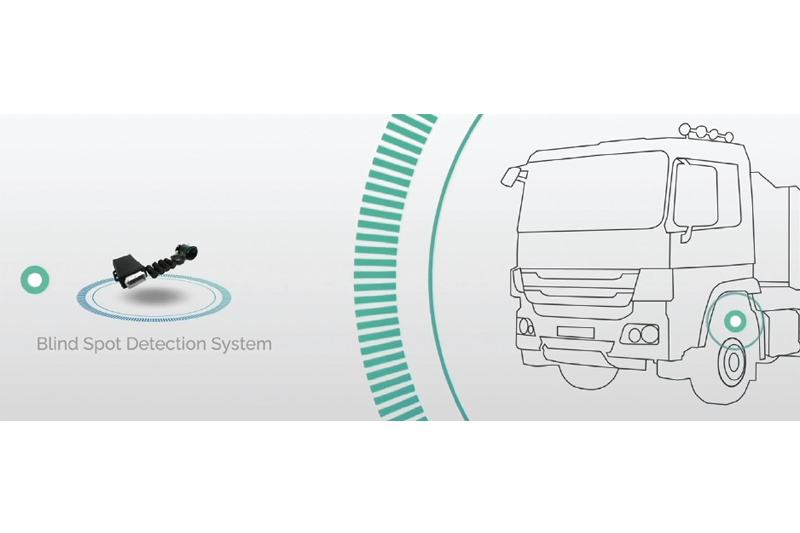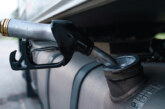
This month, TfL’s Direct Vision Standard (DVS) is finally rolled out across the Capital. Whilst this is an important step forward for road safety, does this legislation go far enough? Peter Mansfield, Group Sales and Marketing Director at Trakm8, takes a closer look at DVS and what it means for fleets.
The enforcement of DVS on London roads will be a critical moment not just for fleet operators across the capital, but for businesses throughout the UK. The eyes of city planners and infrastructure experts from Edinburgh to Exeter will be trained on the Capital, keen to see whether DVS achieves its stated goal of reducing the incidence of deaths and serious injuries on the road.
Enforceable across the entire Greater London area, DVS is applicable to all heavy goods vehicles over 12 tonnes; introducing a star rating system based on what is directly visible to the driver from the cab, without the use of additional cameras or mirrors. Vehicles that don’t have good direct vision (equivalent to a ‘one star’ rating or above) will be banned from London roads, with operators facing fines of up to £550. By 2024, that obligation will have increased to three stars, the exact requirements of which are yet to be confirmed and are subject to ongoing consultation.
DVS has been welcomed by fleet operators and road safety charities alike, representing a serious governmental commitment to reducing road deaths in the Capital. But what about other major urban areas in the UK? Could we soon see similar schemes implemented in Manchester, Birmingham, Cardiff and beyond?
Data from police forces nationwide show cyclists, one of the demographics the DVS has been launched to safeguard, are among the most vulnerable of road users, accounting for 58 incidences of death or serious injury in the West Midlands alone in 2018, with similar figures in Greater Manchester (22), Scotland (156), and Belfast (53). Such pronounced incident rates could spur a national conversation on the importance of DVS-type schemes.

Ensuring compliance
How can operators ensure compliance with DVS, both the soon to be implemented legislation in London and any prospective schemes which may be introduced across the country? Well, as with much of modern driving, technology plays a crucial role.
There are a myriad of solutions already available that afford operators DVS compliance, each with unique benefits and limitations. First and foremost, it is important to work with a trusted manufacturer, ensuring you get a safety system installed that meets the requirements of the standard first time.
For maximum ease-of-use for operators, Trakm8 recommends utilising a system that encompasses all necessary elements – for example, cameras and sensors – in one package. Seeking offerings from separate manufacturers can create administrative and technical headaches later down the line.
Trakm8 provides a range of fully interoperable products that help fleet operators meet the stringent requirements set out by DVS, alongside significantly improving safety – for motorists, cyclists and pedestrians alike – on UK roads.
These include the Trakm8 RoadHawk camera series, which can be used both incab and on vehicle in all weathers, giving drivers unparalleled vision around their vehicle. Also, the company’s Blind Spot Detection System, which provides audible proximity alerts, can stop accidents before they can happen.

The wider picture
DVS isn’t the only piece of safety legislation that will impact fleet operators. Other key safety standards, including FORS Accreditation, are subject to constant review, so it pays to keep a close eye on these changes, to avoid any accidental (but very costly) non-compliance.
Looking beyond safety, we are also seeing an increase in legislation designed to drive down emission levels in our major urban areas. As with DVS, London has led the way with its Ultra Low Emission Zone (ULEZ), but similar schemes are being adopted in Bath (15th March 2021), Birmingham (1st June 2021), and Greater Manchester (Spring 2022).
Such measures will play a vital role in cleaning up the UK’s road network and help the country meet the government’s ambitious targets to reduce emissions by at least 68%, compared to 1990 levels, by the end of this decade.
The impact of these Clean Air Zones will be felt most keenly within the fleet sector. Whether its investing in partial (or full) fleet electrification or utilising route planning technology to identify the most fuelefficient route, fleets should be considering now how they can ensure compliance with these new regulations.








